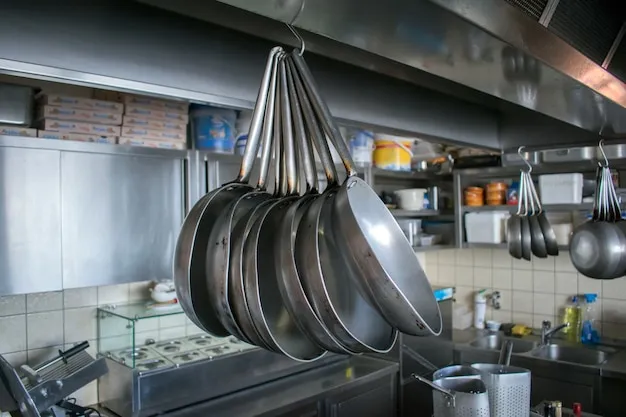Showcasing Kitchen Decor Pans
Pans are essential tools in any kitchen, but they can also be fantastic design elements. Instead of hiding them away, why not use your pans as part of your kitchen decor? This approach not only adds visual interest but also keeps your cookware within easy reach, promoting both functionality and style. By strategically displaying your pans, you can inject personality and warmth into your kitchen, making it a more inviting space. Whether you have a penchant for copper, cast iron, or stainless steel, each type of pan offers a unique aesthetic to enhance your overall kitchen design. Let’s explore some creative ways to turn your pans into eye-catching decor.
Hanging Pans as Decor
Hanging pans is a classic and effective way to incorporate them into your kitchen decor. This method frees up valuable cabinet space and transforms your cookware into a visually appealing display. A pot rack, whether mounted on the ceiling or wall, offers an elegant solution. Consider the style of your kitchen when choosing a pot rack. For a rustic or farmhouse look, opt for wrought iron or wooden racks. In contemporary kitchens, sleek, minimalist designs made of stainless steel or brushed metal will complement the space. The types of pans you choose to hang also play a crucial role. Prioritize pans with attractive handles or a unique shape, as these will be the focal points of your display. Grouping pans by material, size, or color can create an organized and visually pleasing arrangement.
Choosing the Right Pans for Display
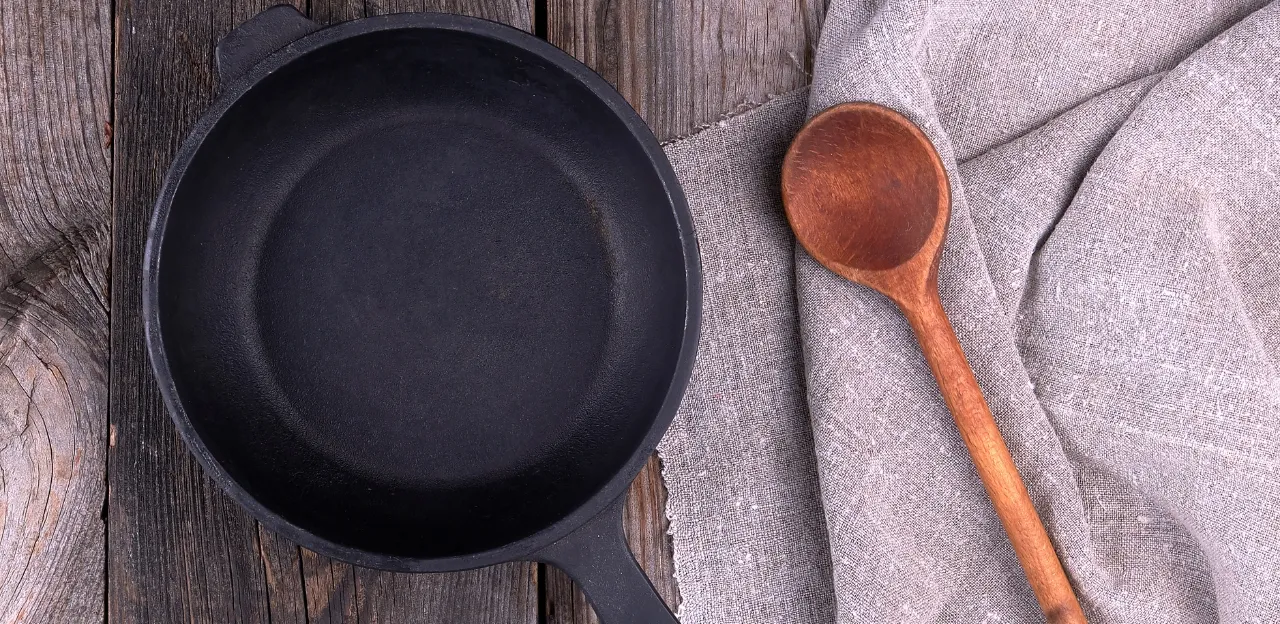
Not all pans are created equal when it comes to display. The pans you choose to hang or showcase should not only be functional but also visually appealing. Consider the overall aesthetic of your kitchen. Do you lean towards a modern, traditional, or eclectic style? Copper pans with their warm, inviting glow can enhance a traditional kitchen, while sleek stainless steel pans fit perfectly in a modern setting. Cast iron skillets, with their rustic charm, bring a touch of character to any space. Look for pans with interesting handles, lids, or shapes. These details will add visual interest and make your display more dynamic. Clean and polish your pans before hanging them to ensure they look their best. Regularly maintaining the appearance of your pans will keep your kitchen decor looking fresh and inviting.
Arranging Pans on Open Shelves
Open shelving is another excellent way to showcase your kitchen decor pans. This method keeps your pans within easy reach while creating a curated display. The key to success is thoughtful arrangement. Start by selecting shelves that complement your kitchen’s design. Floating shelves offer a minimalist look, while shelves with brackets add a touch of vintage charm. Arrange your pans by size, material, or color to create a balanced visual effect. Consider incorporating other kitchen items, such as cookbooks, plants, or decorative jars, to add layers to your display. Avoid overcrowding the shelves; leaving some negative space will prevent the area from feeling cluttered and allow each item to shine. This approach gives your kitchen a more open and inviting feel. Regularly dusting and organizing your shelves is important to keep the display looking its best.
Selecting the Perfect Shelving Style
The style of your shelving is crucial in complementing your pans and the overall aesthetic of your kitchen. Choose shelves that reflect your personal style and enhance the existing design elements. For a modern kitchen, consider sleek, minimalist floating shelves made from materials like stainless steel or glass. These shelves provide a clean, uncluttered look that allows the pans to be the focal point. If your kitchen has a rustic or farmhouse theme, opt for wooden shelves with visible grain or brackets. These styles add warmth and character to the space. The size and number of shelves also matter. Ensure the shelves are proportional to the wall space and capable of holding the weight of your pans. Consider the placement of the shelves, ensuring they are accessible and don’t obstruct the workflow of the kitchen. The right shelving style will elevate your pan display.
Coordinating Pans with Kitchen Colors
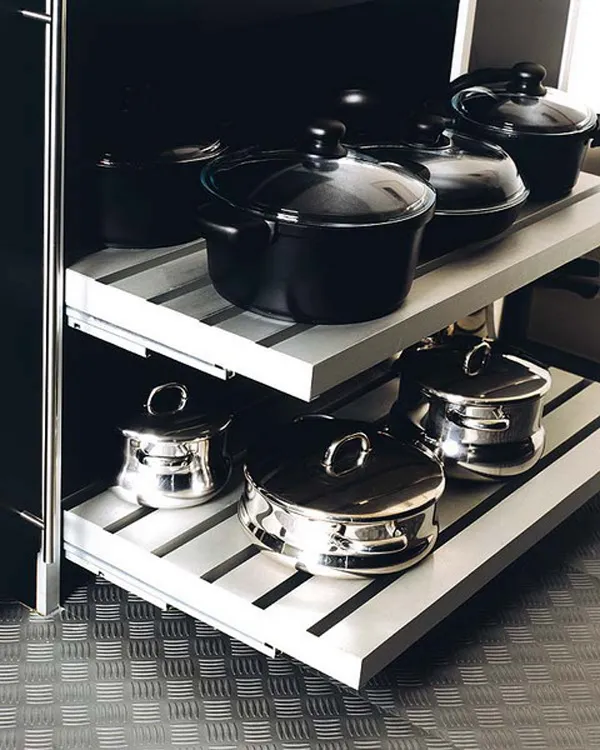
Color coordination can significantly enhance the visual impact of your pan display. Think about the existing color palette in your kitchen. Are your cabinets white, gray, or a bolder color? Choose pans that complement or contrast with these colors to create a cohesive and aesthetically pleasing arrangement. For instance, if your kitchen has a neutral color scheme, consider copper or gold-toned pans to add warmth and visual interest. If your kitchen is already vibrant, you can opt for stainless steel or black pans to provide a sleek, understated look. Pay attention to the handles and lids of your pans. These small details can add pops of color and contribute to the overall design. Consider using trivets or pot holders in coordinating colors to add another layer of visual harmony. A well-coordinated display demonstrates careful attention to detail.
Incorporating Pans into a Gallery Wall
A gallery wall is a creative way to display your pans, transforming them into art pieces. This method combines functionality with artistic expression, adding a unique focal point to your kitchen. Choose pans with interesting shapes, sizes, and finishes. Consider framing them or hanging them individually like artwork. You can create a cohesive look by using similar frames or mounting styles. Mix and match different types of pans for a diverse display, or stick to a theme, such as all copper pans or a collection of vintage skillets. When arranging your gallery wall, consider the overall design of your kitchen. Position the wall in a visible area, such as above the stove, near the dining table, or on an empty wall. Use painter’s tape to plan out the arrangement before permanently hanging the pans. This will allow you to experiment with different layouts and ensure a balanced composition. A well-curated gallery wall can elevate your kitchen design.
The Art of Pan Placement
The placement of pans within your gallery wall is critical to creating a visually appealing display. Consider the size and shape of each pan and how it interacts with the other elements. Balance is key; avoid clustering all large pans together, instead distributing them to create visual interest. Experiment with different arrangements until you achieve a balanced, harmonious look. Symmetry can be effective, especially with a more structured kitchen design, but asymmetry can also add visual appeal, injecting a sense of spontaneity. Think about the negative space between the pans. Leaving some space around each piece allows them to breathe and prevents the wall from appearing cluttered. Use a level to ensure all pans are hung straight. Ensure the mounting method is secure and suitable for the weight of the pans. The arrangement of the gallery wall should reflect your taste and complement your kitchen’s aesthetic.
Frame and Highlight Your Pans
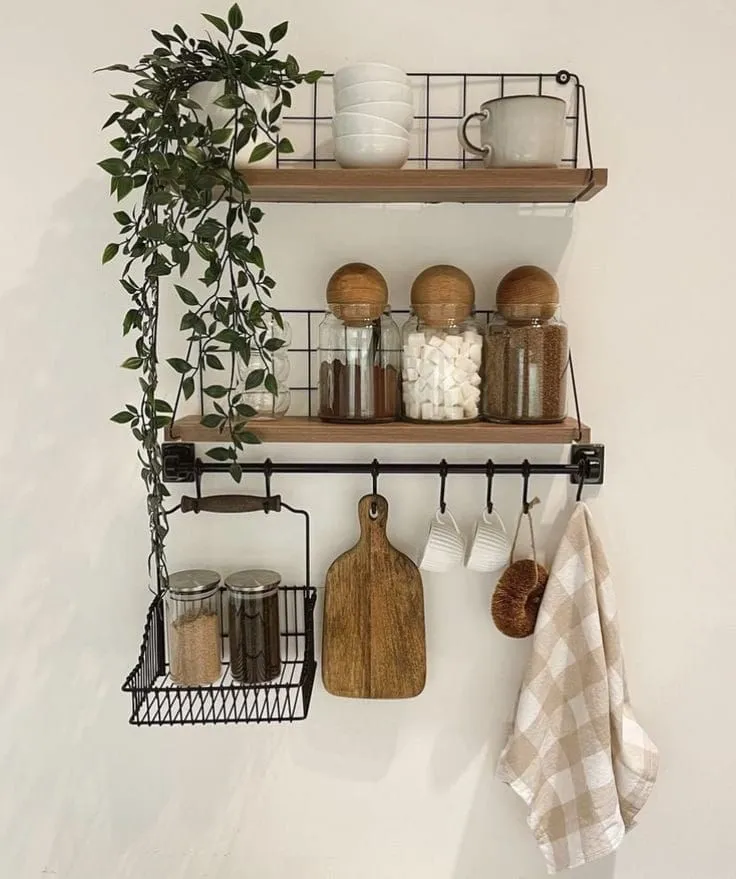
Framing your pans can instantly transform them into art pieces, adding a layer of sophistication to your kitchen decor. Choose frames that complement the style of your pans and the overall design of your kitchen. For a traditional look, use ornate frames with decorative details. Modern kitchens may benefit from sleek, minimalist frames in neutral colors. If you’re displaying copper pans, a dark frame can create a striking contrast and highlight their warm tones. Consider the materials of the frames, ensuring they are durable and appropriate for the kitchen environment. To highlight your framed pans, make sure the lighting is adequate. Spotlights or track lighting can direct attention to the art pieces, while ambient lighting adds a soft glow. Clean your framed pans regularly to prevent dust from accumulating. The right frames will make your pans focal points.
Using Pans as Centerpieces
Pans can also be used as attractive centerpieces on your kitchen island or dining table. This approach adds a touch of elegance and personality to your dining area. A large, beautifully crafted pan can serve as the base for a decorative arrangement. Fill the pan with seasonal fruits, vegetables, or flowers to create a stunning visual display. For a more rustic look, use a cast iron skillet and add candles and greenery. The centerpiece should complement the overall design of your kitchen and dining area. If your kitchen has a modern aesthetic, opt for sleek, stainless steel pans and pair them with contemporary decorative elements. For a more traditional style, use copper pans filled with classic arrangements. Consider the size of your table or island when choosing the pan to ensure it fits proportionately. The right centerpiece will make your dining space more welcoming.
Selecting the Right Table Setting
The table setting should complement the centerpiece and enhance the overall dining experience. Choose table linens, dishes, and cutlery that coordinate with your pan centerpiece. If you are using a copper pan, consider using warm-toned table linens and rustic wooden serving boards. For a more modern look, pair a stainless steel pan with minimalist dishware and sleek cutlery. Add other decorative elements to enhance your table setting, such as candles, placemats, and napkins. The goal is to create a cohesive and visually pleasing arrangement. Consider the occasion when selecting your table setting. For a casual meal, a simple, understated setting is suitable. For a special occasion, you can opt for a more elaborate setting with finer details. Ensure the table setting is functional as well as aesthetically pleasing, making your dining experience enjoyable.
Consider Functionality and Style
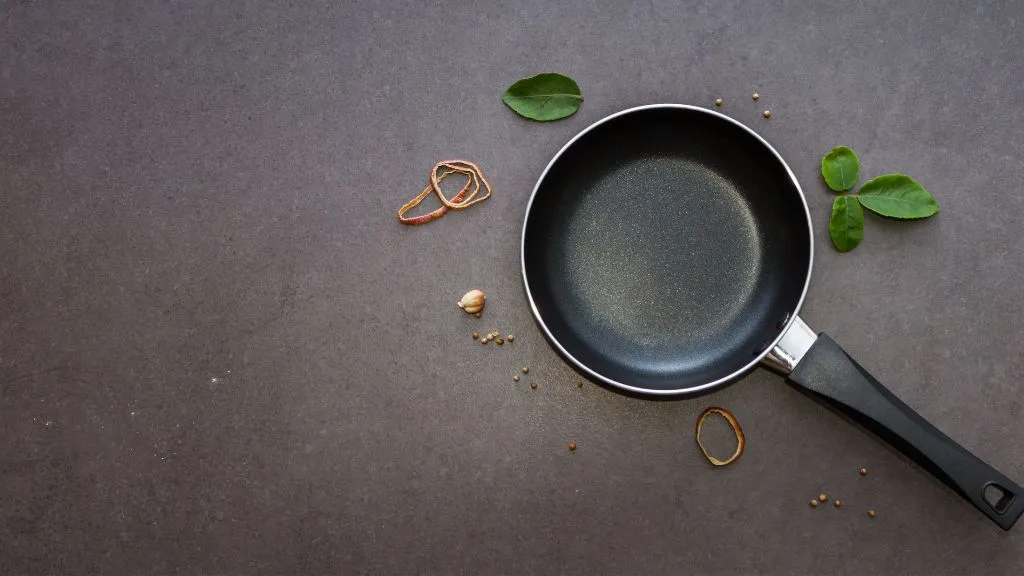
When using pans as centerpieces, it’s important to consider both functionality and style. While the primary goal is to create a visually appealing display, the centerpiece should also be practical. Ensure that the arrangement does not obstruct conversation or hinder the placement of food and drinks. If using candles, place them in a safe manner and ensure they are away from flammable materials. Consider the size of the table and the number of guests when planning your centerpiece. The centerpiece should enhance the dining experience without taking up too much space. The choice of pans is also crucial. Choose pans that are easy to clean and maintain. Ensure the pans are made of safe and durable materials. A well-designed centerpiece strikes a balance between form and function, adding charm and elegance to your dining area.
Adding Greenery to Compliment the Pans
Adding greenery is a wonderful way to complement your pan centerpieces and infuse life and freshness into your kitchen or dining area. Choose plants that enhance the overall look of the display. Fresh herbs, such as rosemary or thyme, not only add visual appeal but also provide a delightful fragrance. Small succulents or cacti can add texture and visual interest, requiring minimal maintenance. When selecting plants, consider the lighting conditions of your dining area. If your space receives a lot of natural light, you can choose a wider variety of plants. If the area is darker, opt for low-light-tolerant plants. Choose containers or planters that complement the pans and the overall design of your display. Terracotta pots and metal containers are excellent choices that complement the rustic and modern styles. Regularly water and maintain your plants to keep them looking their best. The addition of greenery will brighten up your dining experience.
Accessorizing Your Pan Display
Accessorizing your pan display adds a personal touch and enhances the overall aesthetic appeal. The choice of accessories can depend on the display method you choose and the overall style of your kitchen. When hanging pans, add decorative pot holders or kitchen utensils to complement the display. With open shelving, consider incorporating cookbooks, decorative jars, or small plants. For a gallery wall, framed art pieces or vintage kitchen tools can add visual interest. Choose accessories that coordinate with the color scheme and the style of your pans. Metal accessories can be incorporated with metal pans, and wooden elements can be incorporated with wooden kitchen decor. Be careful not to overcrowd the display; a few well-chosen accessories will have a greater impact than a cluttered arrangement.
Choosing the Right Accessories
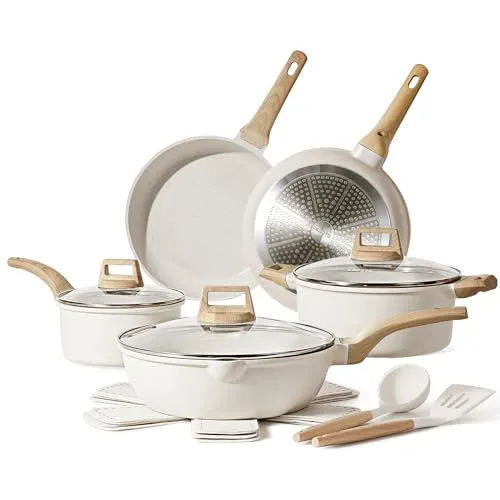
When selecting accessories, consider the materials, colors, and textures. Choose items that complement the overall design. The accessories should add layers and depth to the display, without distracting from the pans. Select accessories that serve a function in the kitchen to enhance their utility, such as serving spoons. For a rustic kitchen, consider using wooden spoons, vintage measuring cups, and woven trivets. In a modern setting, sleek stainless steel utensils and minimalistic items will create an understated look. Be careful not to overload the display with too many items. Instead, focus on adding a few carefully chosen accessories that will enhance the beauty and utility of your kitchen decor pans. Ensure the accessories are easy to clean and maintain. Proper care and selection of accessories will enhance your pan display.
Considering the Kitchen Style
The kitchen’s style will dictate the accessories you select to complement your pan display. For a farmhouse style kitchen, consider adding vintage accessories, wooden spoons, and woven baskets. For a modern style kitchen, opt for sleek, stainless steel accessories. In a more traditional setting, choose ornate, decorative pieces. Consider the color palette of the kitchen when choosing accessories. Make sure the accessories coordinate with the existing color scheme to create a cohesive, harmonious look. If your kitchen has a specific theme, such as a coastal or industrial design, choose accessories that align with the theme. By matching your accessories to the style of your kitchen, you create a coordinated and visually appealing space. The accessories should contribute to the overall aesthetic of your kitchen, tying the entire design together.
How to Clean Your Pans
Regular cleaning is crucial to maintain the beauty and longevity of your kitchen decor pans. Each type of pan requires a specific cleaning method to prevent damage. Always let the pans cool before cleaning. For stainless steel pans, use warm, soapy water and a soft sponge or cloth. Avoid abrasive cleaners or scrub brushes that can scratch the surface. For copper pans, you’ll need to use a copper cleaner or a mixture of lemon juice and salt. Cast iron pans require special care to prevent rust. After cleaning, dry them immediately and season them with oil to maintain their non-stick surface. Regularly cleaning your pans will not only keep them looking their best, but also ensure they are safe for use.
Proper Cleaning Methods for Different Pan Materials
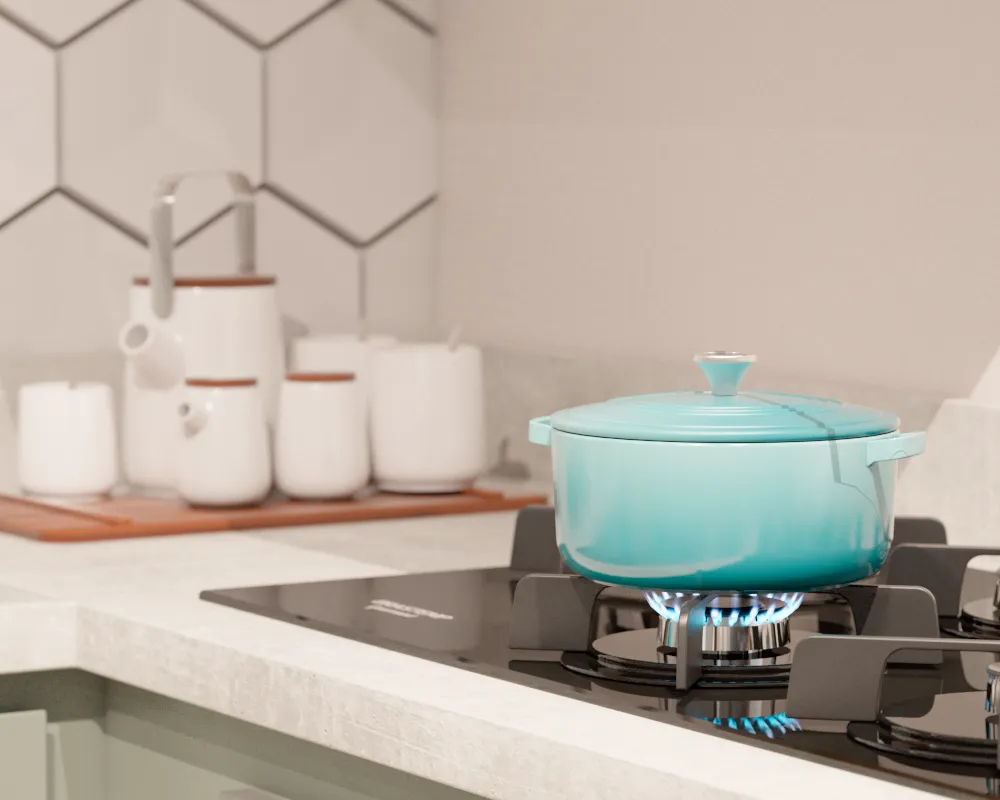
Different pan materials require specific cleaning methods to ensure longevity and preserve their appearance. Stainless steel pans are relatively easy to clean. Use a soft sponge or cloth and warm, soapy water. Avoid using abrasive cleaners or scrub brushes that can scratch the surface. For stubborn stains, create a paste of baking soda and water and gently scrub the affected area. Rinse thoroughly and dry immediately. Copper pans need more care. Use a commercial copper cleaner or a homemade mixture of lemon juice and salt. Apply the cleaner with a soft cloth and buff until the shine returns. Rinse well and dry immediately. Cast iron pans should never be washed with soap. Instead, rinse them with hot water and wipe clean. To prevent rust, dry immediately and season with oil. Regular care will keep the pans pristine.
Ensuring Longevity and Shine
Proper cleaning ensures longevity and preserves the shine of your kitchen decor pans. To maintain their shine, regularly polish your pans. For copper pans, use a copper cleaner and polish them with a soft cloth to remove tarnish and restore their luster. To prevent scratches, avoid using abrasive cleaners or scrub brushes. For cast iron pans, ensure they are seasoned regularly. Seasoning helps build up a protective layer that prevents rust and creates a non-stick surface. Avoid using harsh chemicals that can damage the finish. Regularly check the handles and lids of your pans. Ensure that they are secure and in good condition. Proper storage is also crucial. Avoid stacking pans to prevent scratches. Hang the pans or store them in a place where they won’t rub against each other. Regular cleaning and care will keep your pans looking stunning.
Maintaining Your Pan Display
Maintaining your pan display involves regular cleaning, dusting, and occasionally rotating the arrangement to keep it looking fresh and engaging. Make it a habit to dust your pans regularly to prevent the accumulation of dirt and grime. Wipe down shelves and pot racks to keep them clean and organized. Inspect your pans periodically for any signs of damage or wear. Address any issues promptly to prevent further deterioration. Rotating or updating your display can help keep your kitchen decor exciting and fresh. Consider changing the arrangement seasonally or when you redecorate your kitchen. Experiment with different layouts and styles. This adds a new dimension to your space.
Regular Cleaning and Dusting
Regular cleaning and dusting are fundamental aspects of maintaining your kitchen decor pans and preserving their beauty. Dusting removes dirt and grime. Wipe down shelves, pot racks, and any surfaces where your pans are displayed. Use a soft cloth or a microfiber duster to avoid scratching the surfaces. For deeper cleaning, follow the specific instructions for each pan material. For stainless steel pans, use warm, soapy water and a soft cloth. For copper pans, use a copper cleaner. For cast iron pans, rinse them with hot water and season them with oil. Proper cleaning not only maintains the appearance of your pans but also prevents the buildup of bacteria and grime, ensuring the health of your kitchen. Regular cleaning is critical.
Rotating and Updating Your Display
Rotating and updating your pan display will keep your kitchen decor fresh and exciting. Changing the arrangement seasonally, according to a theme, or when you redecorate your kitchen will maintain your interest. Rearrange your gallery wall to create a new composition. Change the position of your pans on open shelves. Experiment with different groupings, heights, and spacing. Incorporate new accessories to update the look. Introduce seasonal elements, such as holiday-themed pot holders or colorful kitchen towels. Change the color scheme to complement the season, like warm autumn tones. Regular updates can change the vibe of your kitchen.
